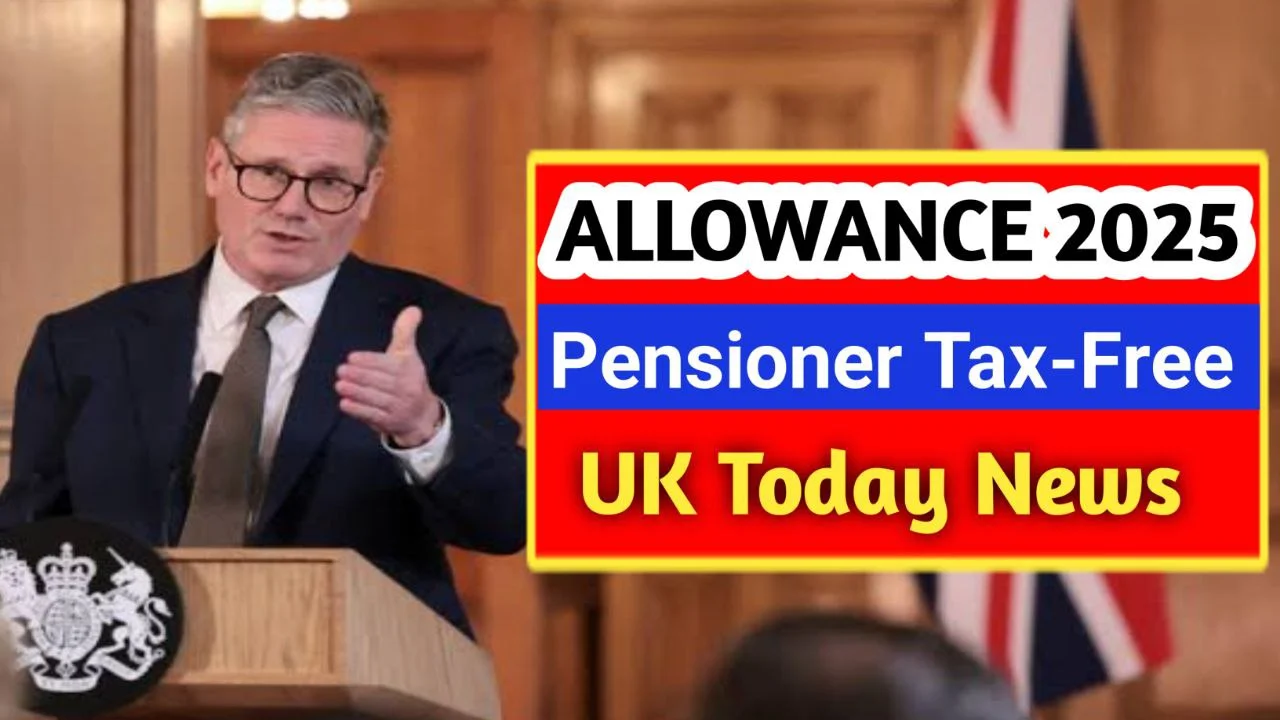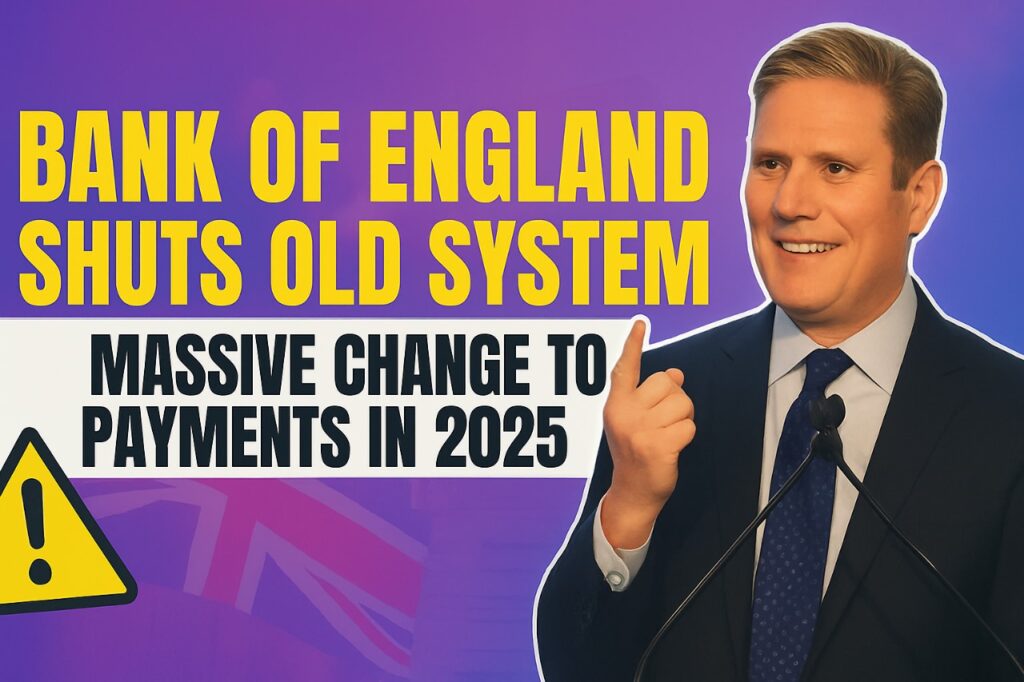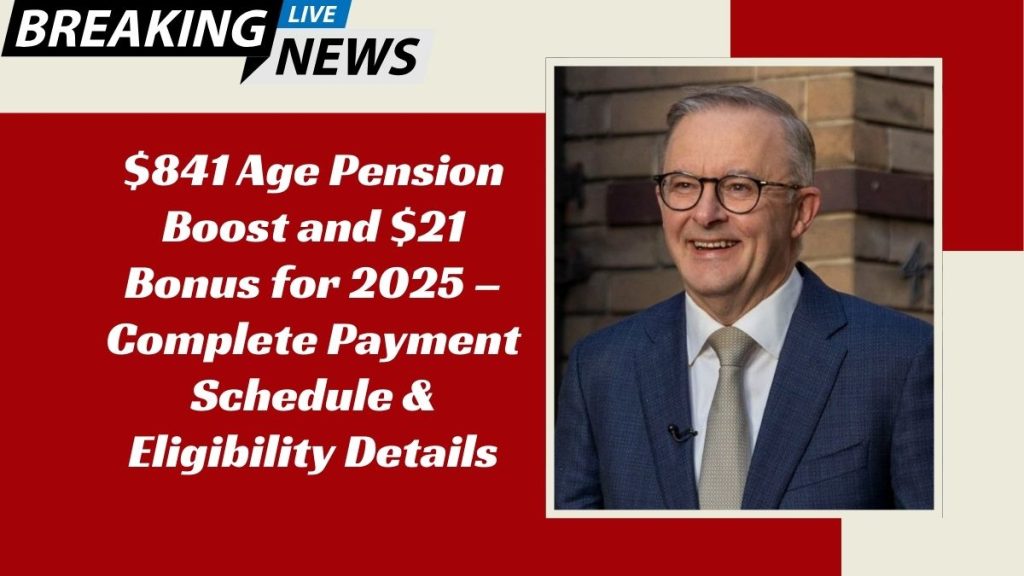In 2025, the UK government has introduced one of the most notable changes to pensioner taxation in years — the State Pensioner Tax-Free Allowance has been increased to £20,000 per year. This change means that millions of retirees will be able to receive more income before paying any tax, a significant boost amid the rising cost of living. In this article, we’ll explore what the allowance is, why it has been increased, who qualifies, and how it could affect your finances.
Understanding the Tax-Free Allowance for Pensioners
The Tax-Free Allowance is the amount of income you can earn each tax year without having to pay Income Tax. For pensioners, this includes money from the State Pension, workplace pensions, personal pensions, and other retirement income sources. In April 2025, the government raised the tax-free threshold for pensioners to £20,000, an increase aimed at helping older citizens manage rising expenses, healthcare costs, and inflation pressures.
Why the Allowance Has Been Increased in 2025
Over the last few years, UK pensioners have faced challenges due to higher energy bills, food costs, and general inflation. While the State Pension has risen in line with the triple lock system, many retirees found themselves paying tax sooner due to the previous £12,570 threshold. By increasing the allowance to £20,000, the government hopes to:
- Reduce the tax burden on pensioners.
- Allow retirees to retain more of their income.
- Encourage savings and reduce reliance on benefits.
This policy is also being seen as a political move ahead of the next general election, appealing to a large section of the UK’s voting population.
Who Is Eligible for the £20,000 Tax-Free Allowance?
The increased allowance is specifically aimed at State Pension age individuals, which is currently 66 for both men and women (rising to 67 by 2028). Eligibility conditions include:
- You must have reached State Pension age before or during the 2025/26 tax year.
- Your total taxable income must be within the rules of the allowance.
- This allowance applies to UK residents, but certain overseas pensioners receiving UK State Pension may also benefit depending on tax treaties.
Importantly, the new £20,000 allowance does not apply to those below State Pension age.
How the £20,000 Tax-Free Allowance Works in Practice
Let’s say you receive the full State Pension of around £11,502 a year (as of April 2025). Under the new system, you can also earn or receive up to £8,498 from other pensions, part-time work, or savings interest without paying any Income Tax.
Example:
- State Pension: £11,502
- Workplace Pension: £7,000
- Savings Interest: £1,500
Total Income: £20,002 → Only £2 would be taxable.
This means most pensioners will see a significant reduction in their tax bills, and some will not pay any tax at all.
Impact on Retirement Planning
For those approaching retirement, the increased allowance can help in several ways:
- You can plan your pension withdrawals more efficiently.
- Small part-time jobs in retirement become more financially rewarding.
- Investment and savings returns can be structured to remain tax-free.
Financial advisors recommend reviewing your pension income strategy to make the most of the increased threshold.
How to Claim the New Pensioner Allowance
The increase will be automatically applied by HMRC to all eligible pensioners from April 6, 2025. You don’t need to submit a separate claim, but you should check your tax code to ensure it reflects the new threshold. Pensioners with multiple income sources may need to contact HMRC to ensure the allowance is applied correctly across all income streams.
Things to Keep in Mind
While the £20,000 threshold is a big win for pensioners, you should be aware of:
- Other taxable benefits or income could push you above the limit.
- The allowance could be frozen or altered in future budgets.
- If you still work and earn over the allowance, normal income tax rates will apply to the excess.
Final Thoughts
The UK State Pensioner Tax-Free Allowance 2025 rise to £20,000 marks a major shift in pensioner taxation policy. For millions, it will mean more disposable income, greater financial independence, and relief from tax burdens. However, it’s essential to understand your full income picture to benefit fully from this change. Staying informed and regularly reviewing your financial situation will ensure you make the most of this opportunity.



